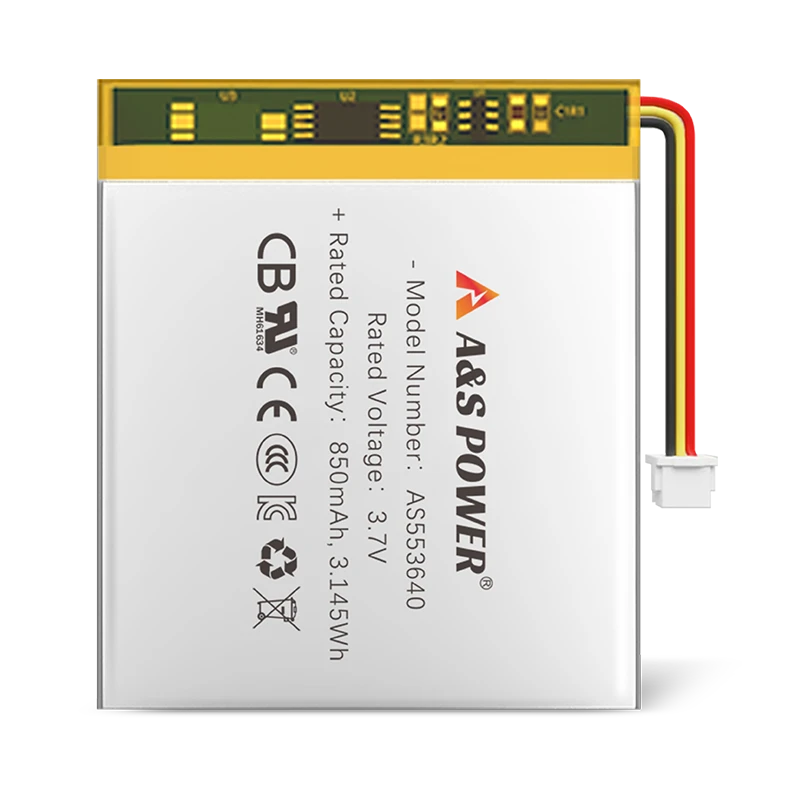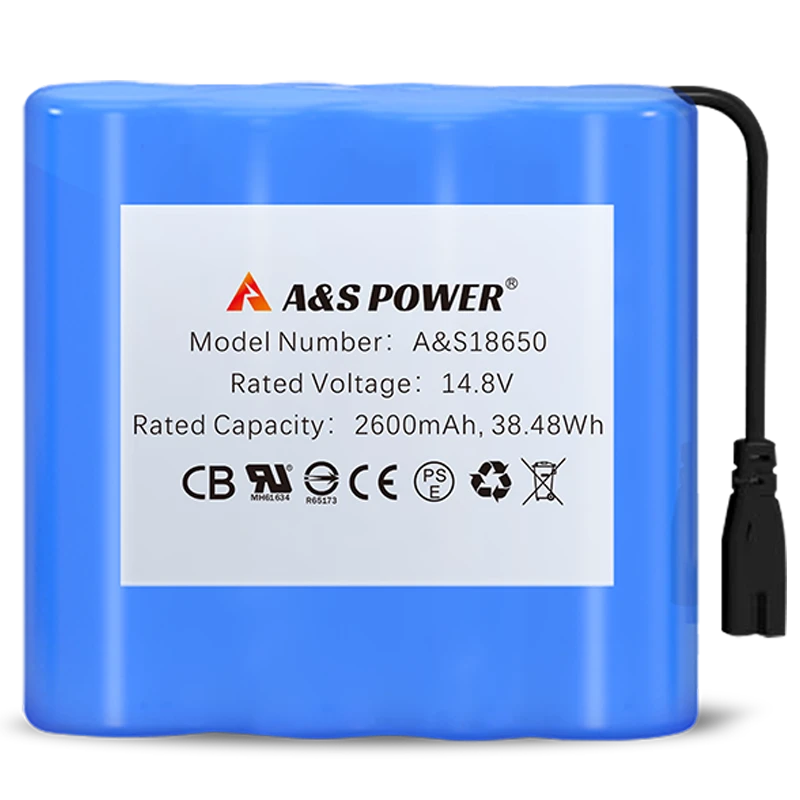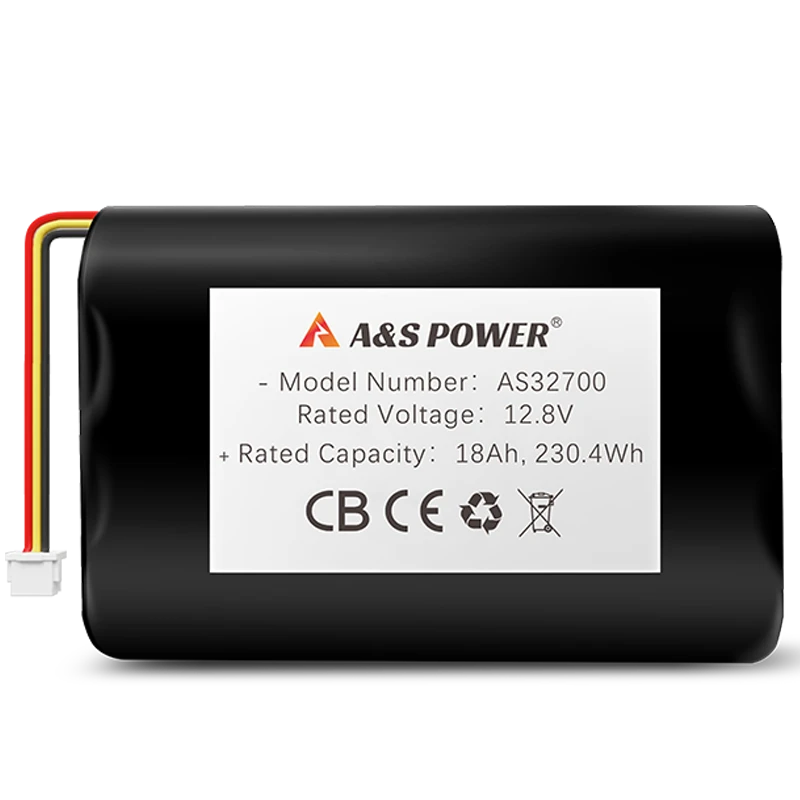Second life lithium battery storage in Kenya to come in at ‘half the cost’ of lead acid
Second life lithium battery storage in Kenya to come in at ‘half the cost’ of lead acid
The Energy Storage Revolution in Kenya
Kenya's energy landscape is undergoing a remarkable transformation as the nation seeks to address its electrification challenges while simultaneously embracing sustainable development goals. With approximately 75% of the population now having access to electricity through both grid connections and off-grid solutions, the demand for reliable energy storage has never been more critical to support economic growth and social development. The traditional reliance on lead-acid batteries for solar energy storage and backup power systems is being fundamentally challenged by the emergence of second-life lithium-ion batteries repurposed from electric vehicles and other applications. These advanced energy storage solutions offer not only superior technical performance but also dramatically reduced costs that could accelerate Kenya's transition to renewable energy sources. Industry analysts project that second-life lithium battery systems can be deployed at approximately half the initial investment required for equivalent lead-acid systems when considering the total cost of ownership over the system's operational lifespan, creating unprecedented opportunities for both urban and rural electrification projects across the country.
Understanding Second-Life Lithium Battery Technology
The Concept and Global Movement
Second-life lithium batteries represent an innovative approach to energy storage that utilizes lithium-ion batteries that have reached the end of their primary useful life in electric vehicles or consumer electronics but still retain approximately 70-80% of their original capacity. Rather than proceeding directly to recycling, these batteries are carefully tested, reconditioned, and repackaged for stationary storage applications where the performance requirements are less demanding than in mobile applications. This concept has gained significant traction globally as the first wave of electric vehicles reaches retirement age, creating a substantial supply of batteries that can be diverted from waste streams to provide valuable energy services. The environmental and economic benefits of this approach are considerable, reducing both the demand for new battery production and the waste management challenges associated with lithium-ion battery disposal while simultaneously making energy storage more accessible to markets with budget constraints.
Technical Characteristics and Performance Advantages
The technical superiority of lithium-ion chemistry over lead-acid technology becomes particularly evident when examining the performance metrics most relevant to energy storage applications in challenging environments like Kenya. Second-life lithium batteries typically demonstrate significantly higher round-trip efficiency (85-95% compared to 70-85% for lead-acid), meaning more of the harvested solar energy is available for consumption rather than lost as heat during charging and discharging cycles. They also offer much greater depth of discharge capability (80-90% compared to 50% for lead-acid) without suffering premature degradation, effectively doubling the usable capacity from similarly rated systems. The cycle life advantage is perhaps most striking, with second-life lithium batteries capable of 2,000-4,000 full cycles compared to 500-1,000 for quality lead-acid batteries, translating to 5-10 years of reliable service even in daily cycling applications common to solar power systems.
Economic Analysis: Cost Comparison in the Kenyan Context
Initial Investment and Total Cost of Ownership
The economic case for second-life lithium batteries becomes compelling when analyzing both the upfront costs and the total cost of ownership over the system's operational lifespan. While new lithium-ion batteries still command a premium price compared to lead-acid alternatives, second-life systems have reached price parity or even dipped below lead-acid in terms of initial investment per kilowatt-hour of capacity. However, the true economic advantage emerges when considering the total cost of ownership, which accounts for replacement costs, maintenance requirements, and performance characteristics that affect the overall value proposition. The following table illustrates the comprehensive cost comparison between second-life lithium and lead-acid battery systems for a typical solar storage application in Kenya:
| Cost Component | Second-Life Lithium Battery | Traditional Lead-Acid Battery | Percentage Difference |
|---|---|---|---|
| Initial Investment per kWh | $150-$200 | $120-$180 | +15% to +25% |
| Installation Costs | $50-$75 | $60-$80 | -15% to -20% |
| Expected Cycle Life | 2,000-4,000 cycles | 500-1,000 cycles | +300% to +400% |
| Replacement Frequency | 5-10 years | 2-3 years | +150% to +200% lifespan |
| Maintenance Costs (10 years) | $50-$100 | $200-$400 | -75% to -80% |
| Total 10-Year Cost per kWh | $220-$300 | $450-$650 | -51% to -54% |
Financing Models and Economic Accessibility
The significant reduction in lifetime costs for energy storage systems has important implications for financing renewable energy projects in Kenya, where upfront capital constraints often present the primary barrier to adoption. Development organizations and private sector entities are increasingly designing innovative financing models that leverage the longer lifespan and reliability of second-life lithium systems to offer more attractive terms to end-users. Pay-as-you-go (PAYG) solar companies, which have successfully expanded energy access to off-grid communities across Kenya, are particularly well-positioned to integrate second-life lithium batteries into their offerings, potentially reducing monthly payments for customers by 30-40% while maintaining system performance. Commercial and industrial users with critical power needs are also recognizing the economic benefits, as the reduced replacement frequency and maintenance requirements of lithium systems translate to lower business interruptions and higher productivity for operations dependent on reliable electricity.
Implementation Case Studies Across Kenya
Rural Electrification and Community Projects
The implementation of second-life lithium battery systems is already demonstrating transformative potential in rural electrification projects across Kenya, where reliable energy storage has historically been a limiting factor for solar microgrids and individual household systems. In the remote village of Olosho-oibor in Kajiado County, a solar microgrid utilizing second-life lithium batteries has been providing electricity to 120 households and several small businesses since early 2022 at approximately half the cost of a comparable lead-acid system would have required. The project's manager reports that the battery system has maintained consistent performance despite irregular solar generation during Kenya's rainy seasons, with none of the capacity degradation or maintenance issues that previously plagued their lead-acid installations. Similar successes are being documented in health clinic electrification projects, where reliable vaccine refrigeration and medical equipment operation depend on stable battery performance that lead-acid systems often struggle to maintain without frequent equalization charging and water replenishment.
Urban and Commercial Applications
In urban centers like Nairobi, Mombasa, and Kisumu, commercial and industrial establishments are increasingly turning to second-life lithium battery systems to address Kenya's persistent challenges with grid reliability and expensive diesel generator operation. A prominent Nairobi supermarket chain has implemented second-life lithium batteries across six locations to provide backup power for refrigeration systems, calculating that the investment will pay for itself within 18 months through reduced diesel consumption and generator maintenance compared to their previous lead-acid systems. Manufacturing facilities with critical process operations are particularly attracted to the rapid response time and stable voltage output of lithium systems, which provide seamless transition during grid outages without the power quality issues that often accompany lead-acid battery inverters. The commercial sector's adoption is further accelerated by growing environmental consciousness among Kenyan businesses and their international partners, with second-life batteries offering an additional sustainability narrative through waste reduction and circular economy principles.
Environmental Impact and Sustainability Considerations
Waste Reduction and Circular Economy
The deployment of second-life lithium batteries in Kenya's energy sector represents a significant advancement in waste-to-resource strategies that align with global circular economy principles while addressing local energy challenges. By extending the useful life of lithium-ion batteries that would otherwise require energy-intensive recycling or potentially problematic disposal, these initiatives reduce the environmental footprint associated with both battery production and waste management. The carbon emissions savings are substantial, with life cycle assessments indicating that repurposing electric vehicle batteries for stationary storage can reduce the carbon footprint per kilowatt-hour of storage capacity by 40-60% compared to manufacturing new lithium-ion batteries. This approach simultaneously addresses environmental concerns at both ends of the value chain—reducing mining impacts for new battery materials while preventing potential soil and water contamination from improper battery disposal in countries with limited waste management infrastructure.
Integration with Renewable Energy Expansion
The availability of affordable, high-performance energy storage is proving to be a critical enabler for Kenya's ambitious renewable energy targets, which aim to achieve 100% clean electricity generation by 2030 through expanded geothermal, wind, and solar capacity. Second-life lithium batteries are particularly well-suited to support the integration of variable renewable sources into both grid-connected and off-grid systems, providing stability services that were previously uneconomical with lead-acid technology. The combination of declining costs for solar photovoltaic panels and second-life lithium batteries has created a virtuous cycle where improved economics drive increased adoption, which in turn supports further manufacturing scale and cost reductions. This synergistic relationship between solar generation and advanced storage is accelerating Kenya's energy transition while creating domestic expertise in clean energy technologies that represent growing economic opportunities in the African context.
Challenges and Implementation Considerations
Technical Infrastructure and Quality Assurance
Despite the promising economics and performance advantages, the widespread deployment of second-life lithium battery systems in Kenya faces several important challenges that must be addressed to ensure successful implementation. The technical complexity of properly assessing, testing, and reconfiguring lithium-ion batteries requires specialized knowledge and equipment that is still developing within Kenya's renewable energy sector. Establishing robust quality assurance protocols is particularly critical, as inconsistent performance or safety incidents with second-life systems could undermine confidence in the technology and slow adoption progress. Several organizations including the Kenya Bureau of Standards and energy sector associations are developing certification frameworks specifically for second-life energy storage systems, drawing on international experience while adapting requirements to local conditions and use cases. These efforts are essential to create a thriving market that delivers on the promise of affordable, reliable energy storage without compromising on safety or performance standards.
Logistics and Supply Chain Development
The development of efficient logistics and supply chain networks represents another critical challenge for scaling second-life lithium battery deployment across Kenya. Unlike lead-acid batteries, which benefit from well-established distribution and recycling channels throughout the country, second-life lithium systems require more specialized handling during transportation and installation to ensure safety and performance preservation. The sourcing of batteries primarily from international markets creates additional complexity related to import procedures, customs clearance, and transportation infrastructure that can add costs and delays if not properly managed. Several Kenyan companies are addressing these challenges through strategic partnerships with international battery suppliers and logistics specialists, developing containerized solutions that streamline transportation and reduce handling requirements while implementing digital tracking systems to monitor battery health throughout the supply chain.
Future Outlook and Development Potential
Market Growth Projections and Economic Impact
The future outlook for second-life lithium battery storage in Kenya appears exceptionally promising, with market analysts projecting compound annual growth rates of 35-45% over the next five years as awareness spreads and implementation capacity expands. This growth trajectory suggests that second-life systems could capture 30-40% of Kenya's stationary energy storage market within the next decade, representing a market value of approximately $150-200 million annually while creating thousands of jobs in installation, maintenance, and related services. The economic impact extends beyond the energy sector itself, as reliable electricity access supported by affordable storage solutions enhances productivity across agriculture, manufacturing, education, and healthcare sectors. Rural economies particularly stand to benefit from reduced energy costs and improved reliability, helping to stem urban migration while creating new economic opportunities in traditionally underserved regions of the country.
Technology Development and Localization Opportunities
The expanding market for second-life lithium batteries is creating opportunities for technology development and localization that could position Kenya as a regional leader in advanced energy storage solutions. Several initiatives are underway to develop local capacity for battery testing, repackaging, and management system integration that would capture more of the value chain within Kenya while reducing dependence on imported complete systems. Academic institutions including the University of Nairobi and Kenyatta University are establishing research programs focused on battery technology and energy storage applications, developing the domestic expertise needed to support industry growth and innovation. With the global transition to electric vehicles accelerating the availability of second-life batteries, Kenya has the opportunity to leverage this trend not only to address domestic energy challenges but also to develop export capabilities in energy storage technology and services for neighboring markets facing similar electrification needs.
-

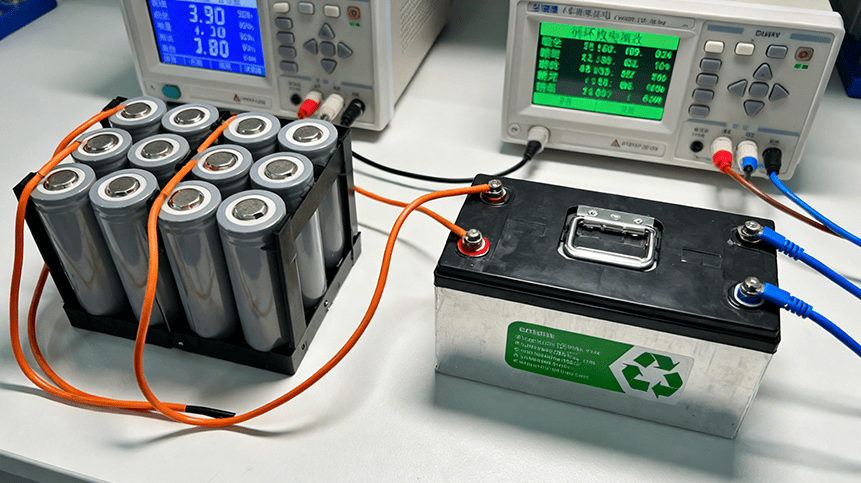 May.2025.11.24Ternary Lithium Battery vs Lithium-ion: Complete Comparison Guide (2025 Edition)Learn More
May.2025.11.24Ternary Lithium Battery vs Lithium-ion: Complete Comparison Guide (2025 Edition)Learn More -

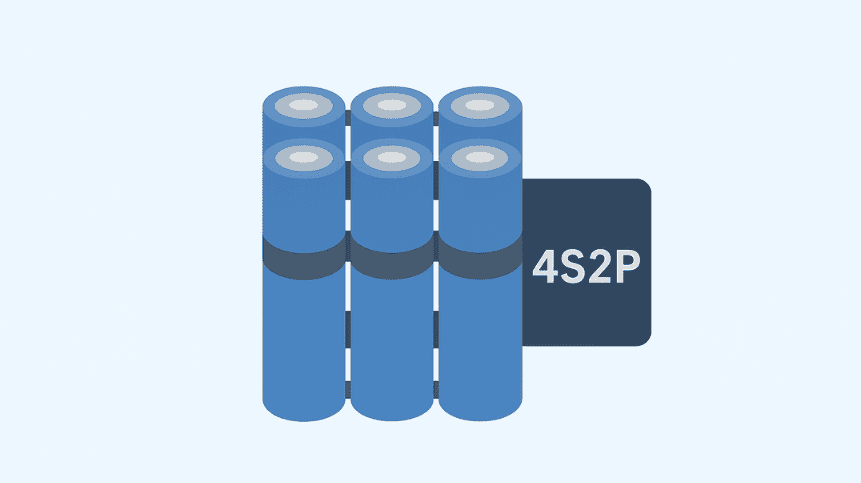 May.2025.11.214S2P 18650 14.8V Battery: Complete Technical Guide, Specs, Applications & SafetyLearn More
May.2025.11.214S2P 18650 14.8V Battery: Complete Technical Guide, Specs, Applications & SafetyLearn More -

 May.2025.11.18PCM vs BMS in Lithium Batteries: What’s the Difference and Which One Do You Need?Learn More
May.2025.11.18PCM vs BMS in Lithium Batteries: What’s the Difference and Which One Do You Need?Learn More -

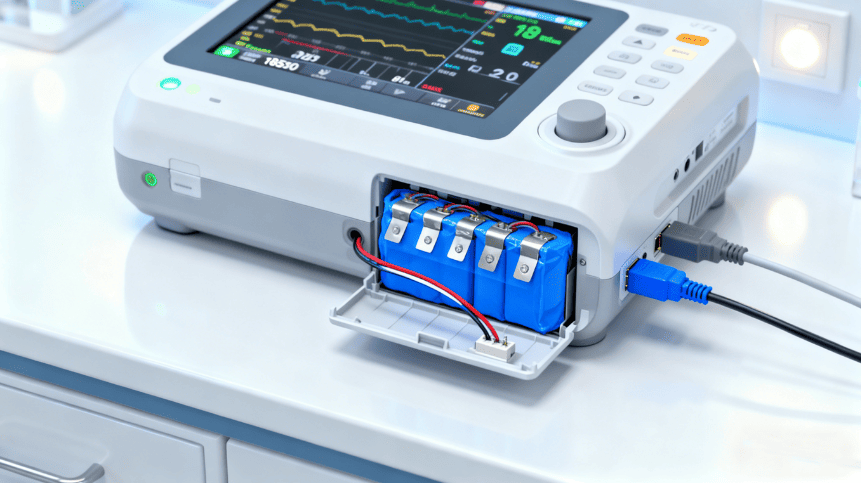 May.2025.11.17Custom Li-ion Battery Design for Medical Devices (2025 Comprehensive Guide)Learn More
May.2025.11.17Custom Li-ion Battery Design for Medical Devices (2025 Comprehensive Guide)Learn More -

 May.2025.11.17The Future of Lithium-Ion Batteries: Innovation, Sustainability, and Global Market TrendsLearn More
May.2025.11.17The Future of Lithium-Ion Batteries: Innovation, Sustainability, and Global Market TrendsLearn More




